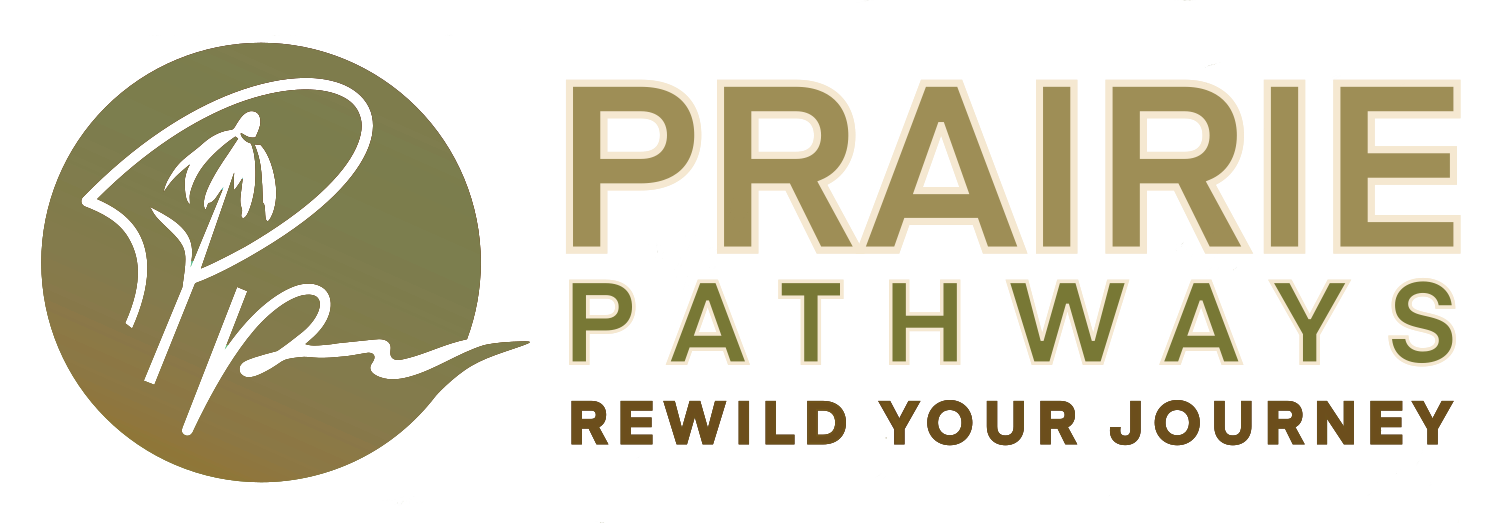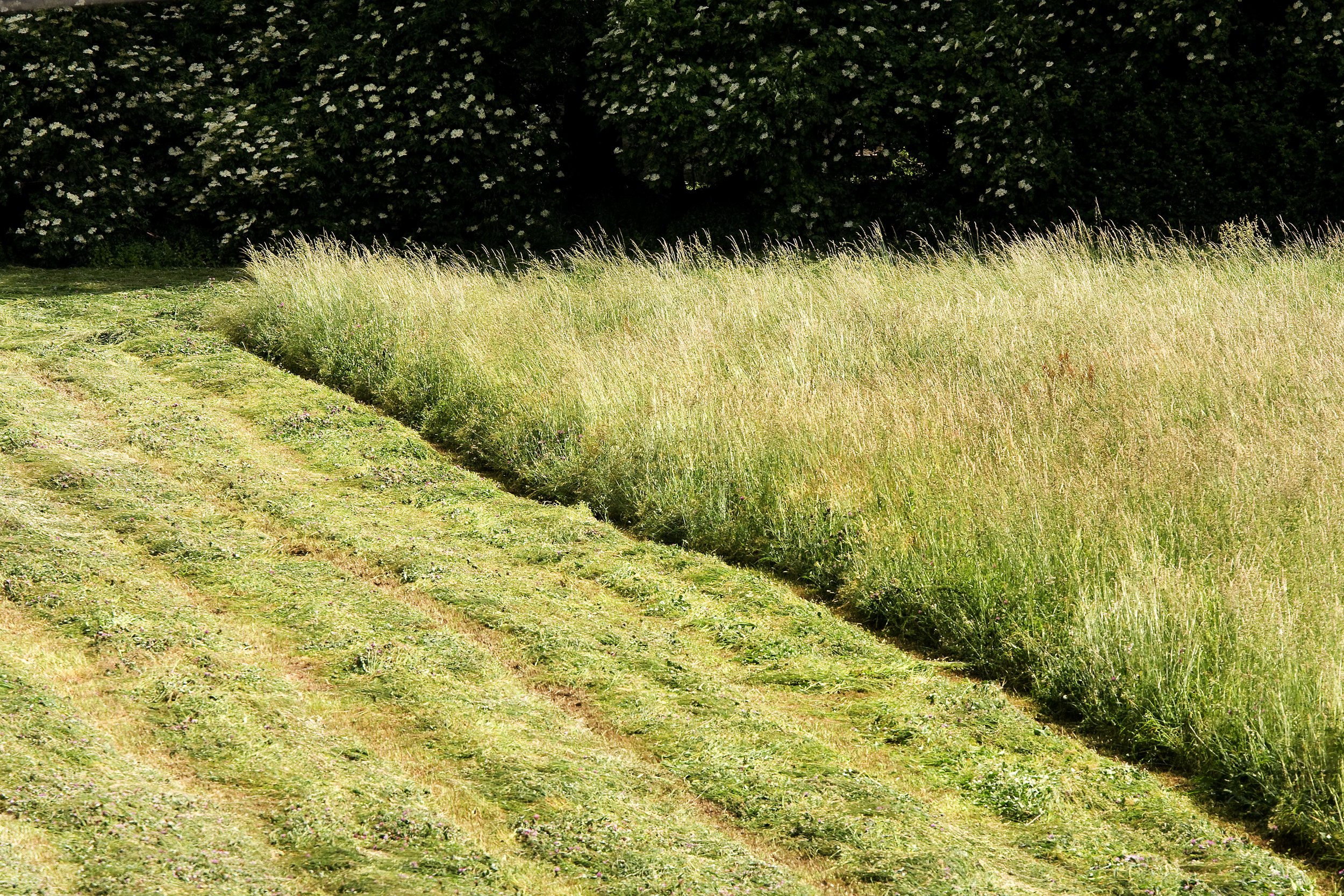Stubble or Beard?
Ah, grooming habits and not just any ol’ grooming habits.
This is, after all, a column on gardening. What we’re looking at this month is putting “No Mow May” in perspective. It’s a movement that started off across the pond in the U.K. and has gained traction in quite a few places here. The “ask” is that people who have lawns not mow their grass for the month of May. Let it become a full grassy beard.
Why? The argument is, in temperate zones at least, pollinators and other beneficial insects have insufficient food sources until the weather warms up and flowers bloom. Thus, by not mowing and allowing plants such as dandelions, clover and the like to flower during May, we buttress declining pollinator populations until summer kicks in. Grassy beard! Grassy beard!
Maybe.
If people, whether directly or through a lawn service, have already applied pre-emergents and herbicides for “lawn care,” letting that grass grow full and thick may not make a difference. Little that is of benefit to emerging pollinators can grow in a chemically manicured lawn and pollinators certainly do not eat grass.* So cut that grass! Stubble, stubble!
Perhaps the answer is found in another approach.
Maybe we need to look at May (and even April) differently when it comes to the effects our gardening practices have on declining pollinator populations. Instead of focusing on the height of grass, we should plant more early flowering plants that can feed pollinators. Native spring ephemerals, such as celandine poppy, Virginia bluebells, rue anemone, shooting star, Dutchman’s breeches and squirrel corn – just to name a few – provide much needed support. For those who love nonnative plants like daffodils and tulips, the nonhybridized version of these plants also provide sustenance.
What matters then is whether we have planted in such a way that the beings we rely on for food** can actually find food in the places where we live. What matters is that we come to see the interdependence of our relationship to species like bees, moths, butterflies and other pollinators. If we don’t, if we continue “status quo” in our gardening practices, our issue will be much bigger than the height of our grass.
* Another argument for allowing the grass to grow higher is that it provides shelter and some butterflies use the taller grass as host plants for their caterpillars (for a more nuanced discussion see beecityusa.org in the resources).
** According to the United States Department of Agriculture (USDA), nearly 80% of the food humans eat requires pollination. “Without pollinators, the human race and all of earth’s terrestrial ecosystems would not survive” (USDA, no date).
Resources
Bee City USA. 2021. “No Mow May Q & A.” https://beecity.org/no-mow-may-ga.
Lynn, Brenda. 2021. “When Planting for Pollinators, Don’t Forget Trees.” Horticulture Magazine. https://www.hortmag.com/.amp/plants/trees-for-bees.
USDA (no date). “Food Web Fact Sheets.” https://www.fs.usda.gov/wildflowers/pollinators/animals/factsheets.shtml
University of Illinois Extension. 2021. “Native Spring Ephemerals: A Guide to Illinois Native Ephemerals for the Home Landscape.” https://iiseagrant.org/wp-content/uploads/2021/03/Native-Spring-Ephemerals-ADA-Accessible-Version.pdf.

